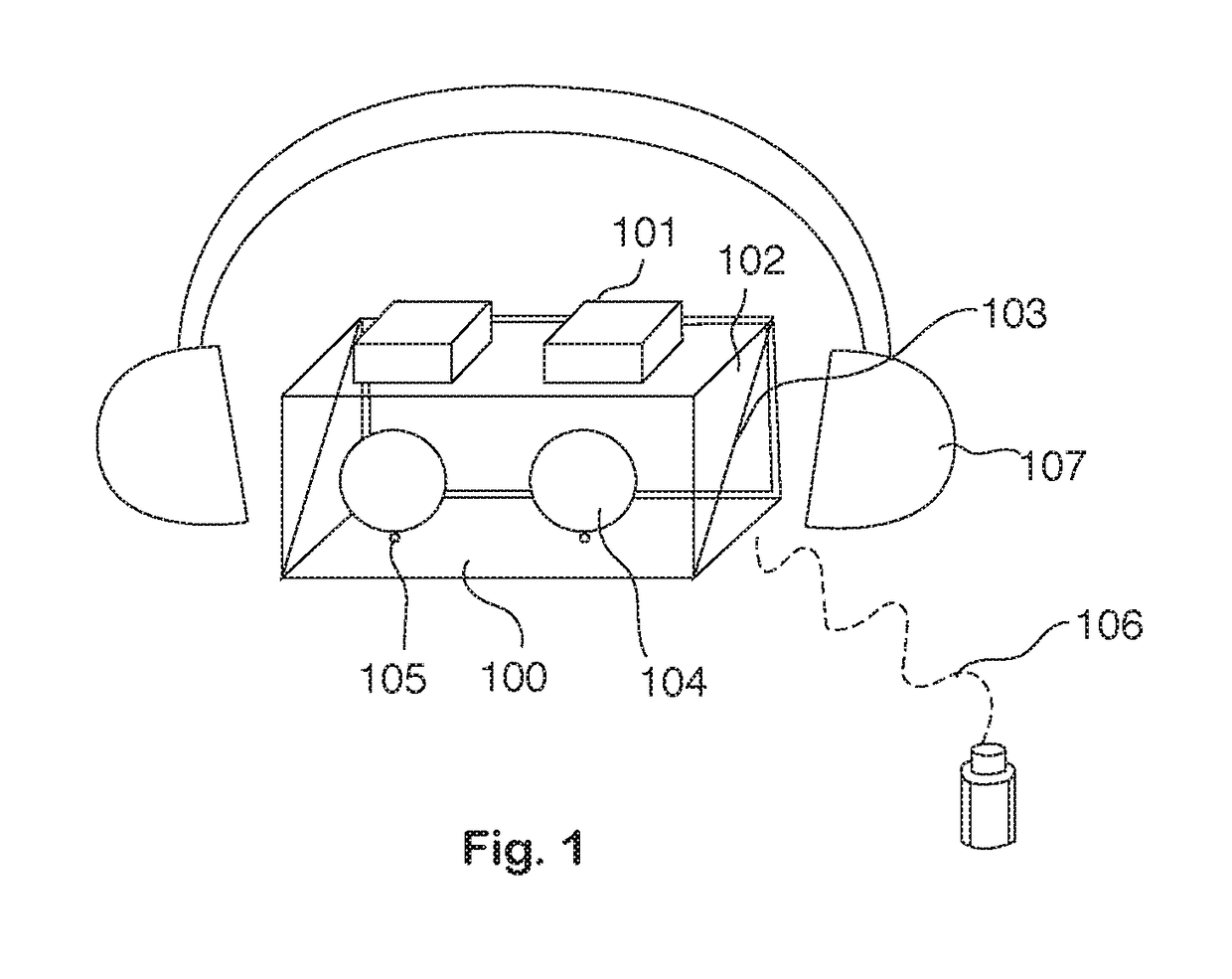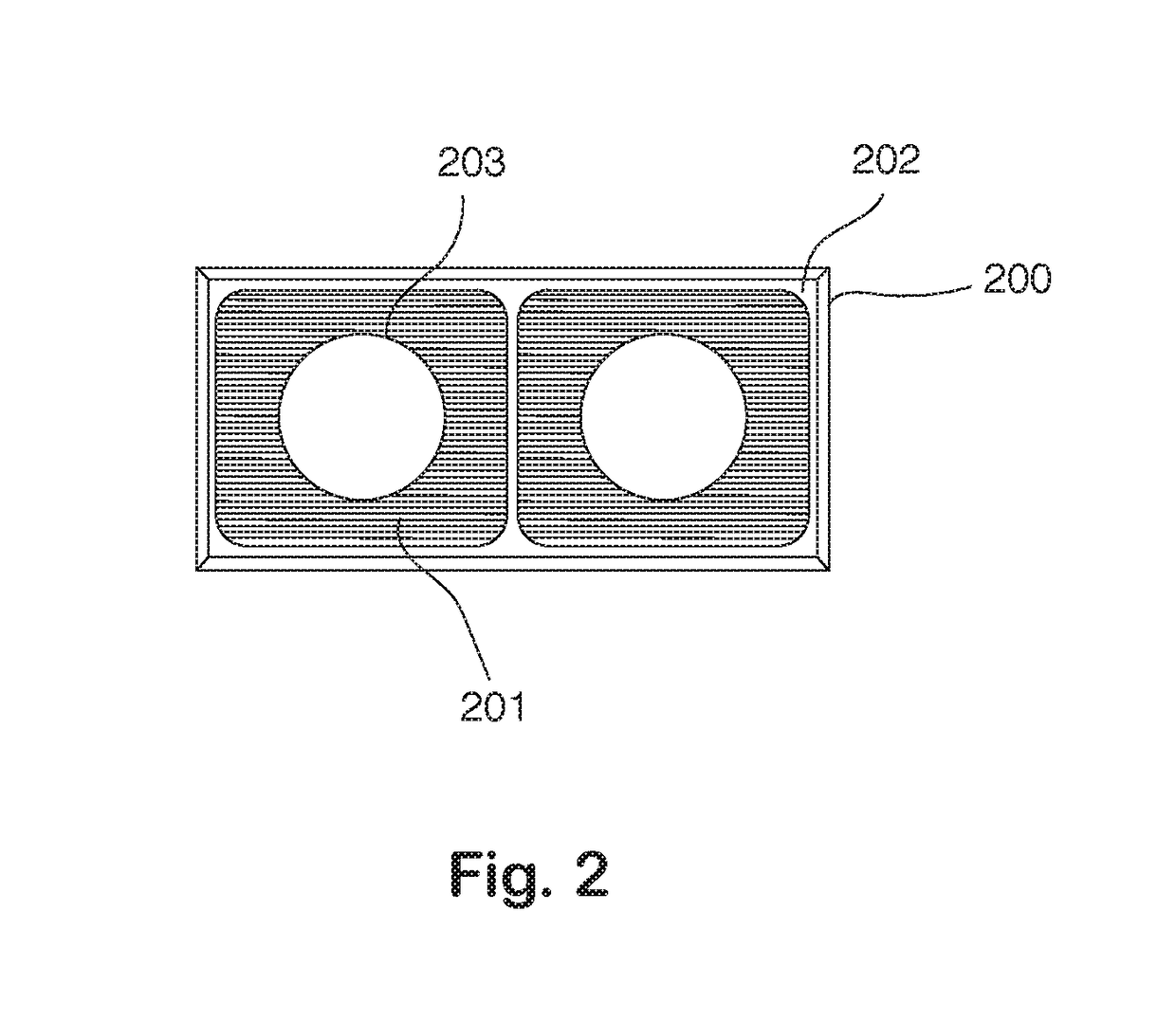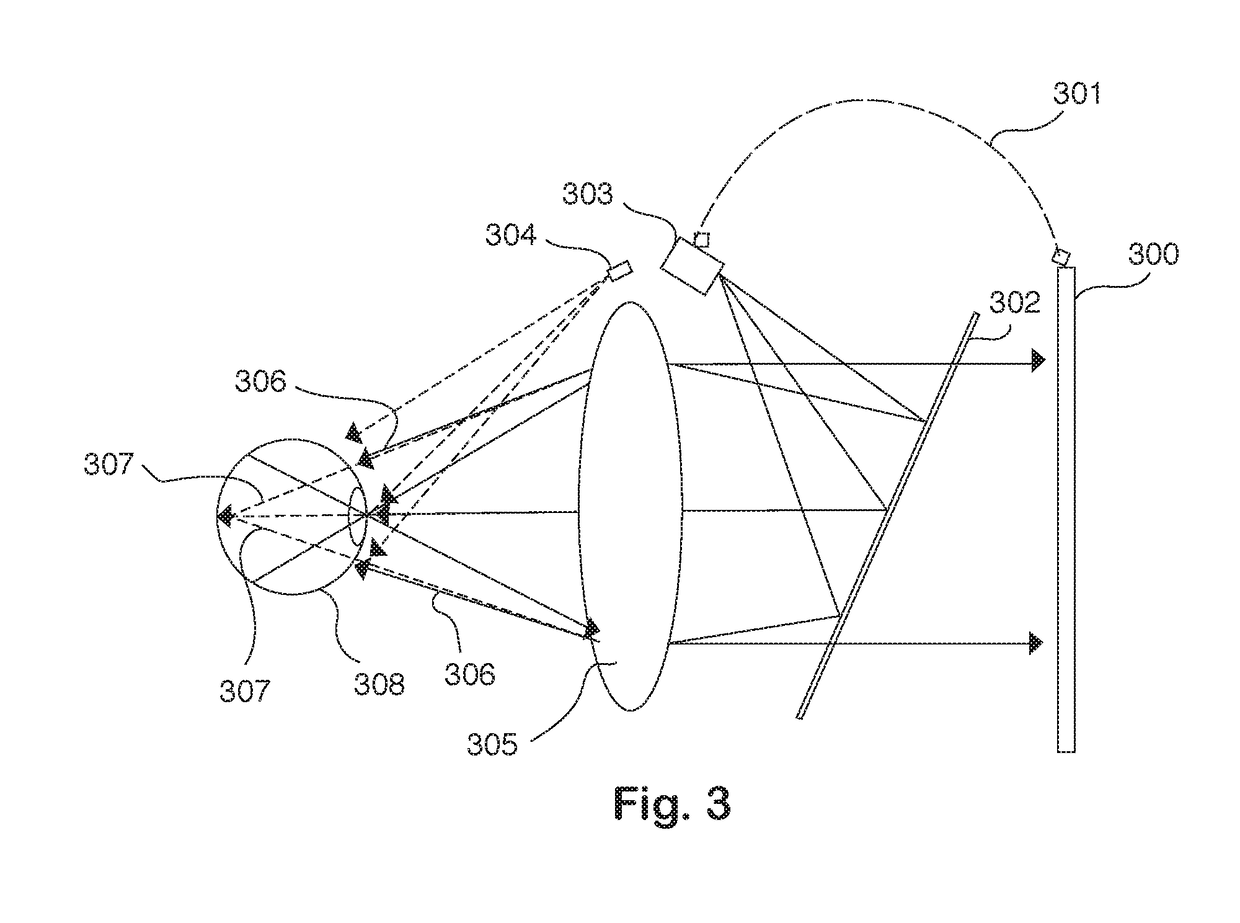Self operatable ophthalmic device
a self-operating, ophthalmic device technology, applied in the field of optical instruments and devices, can solve the problems of affecting the test results of patients' fatigue, unable to underestimate the influence of patient fatigue, and difficulty in eye alignment for these devices, so as to improve the quality of the test results, remove motion artifacts, and facilitate image acquisition
- Summary
- Abstract
- Description
- Claims
- Application Information
AI Technical Summary
Benefits of technology
Problems solved by technology
Method used
Image
Examples
Embodiment Construction
[0031]While the present invention may be embodied in many different forms, designs or configurations, for the purpose of promoting an understanding of the principles of the invention, reference will be made to the embodiments illustrated in the drawings and specific language will be used to describe the same. It will nevertheless be understood that no limitation or restriction of the scope of the invention is thereby intended. Any alterations and further implementations of the principles of the invention as described herein are contemplated as would normally occur to one skilled in the art to which the invention relates.
[0032]FIG. 1 is a perspective view illustration of the ophthalmic device platform according to the present invention. In this illustration, several key features inside the wearable ophthalmic device are shown including the head-mounted structure, on-axis cameras, ocular lenses, beam splitter, infrared illumination light emitting diodes (LEDs), display screen and pati...
PUM
 Login to View More
Login to View More Abstract
Description
Claims
Application Information
 Login to View More
Login to View More - R&D
- Intellectual Property
- Life Sciences
- Materials
- Tech Scout
- Unparalleled Data Quality
- Higher Quality Content
- 60% Fewer Hallucinations
Browse by: Latest US Patents, China's latest patents, Technical Efficacy Thesaurus, Application Domain, Technology Topic, Popular Technical Reports.
© 2025 PatSnap. All rights reserved.Legal|Privacy policy|Modern Slavery Act Transparency Statement|Sitemap|About US| Contact US: help@patsnap.com



